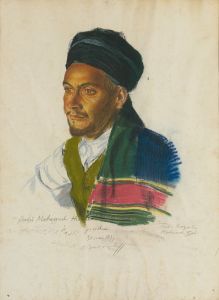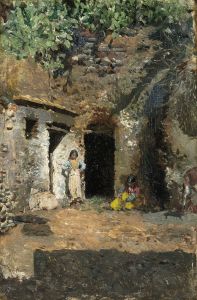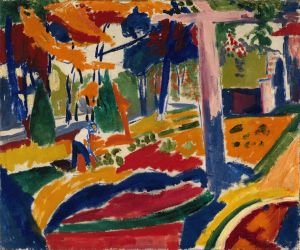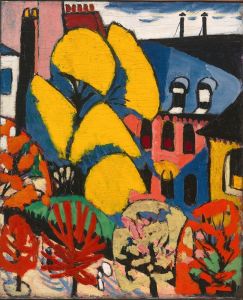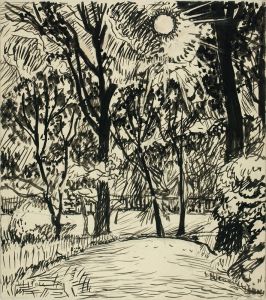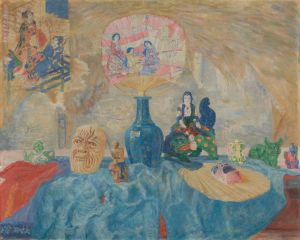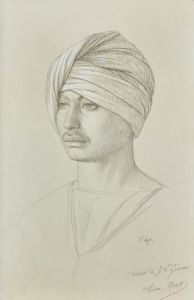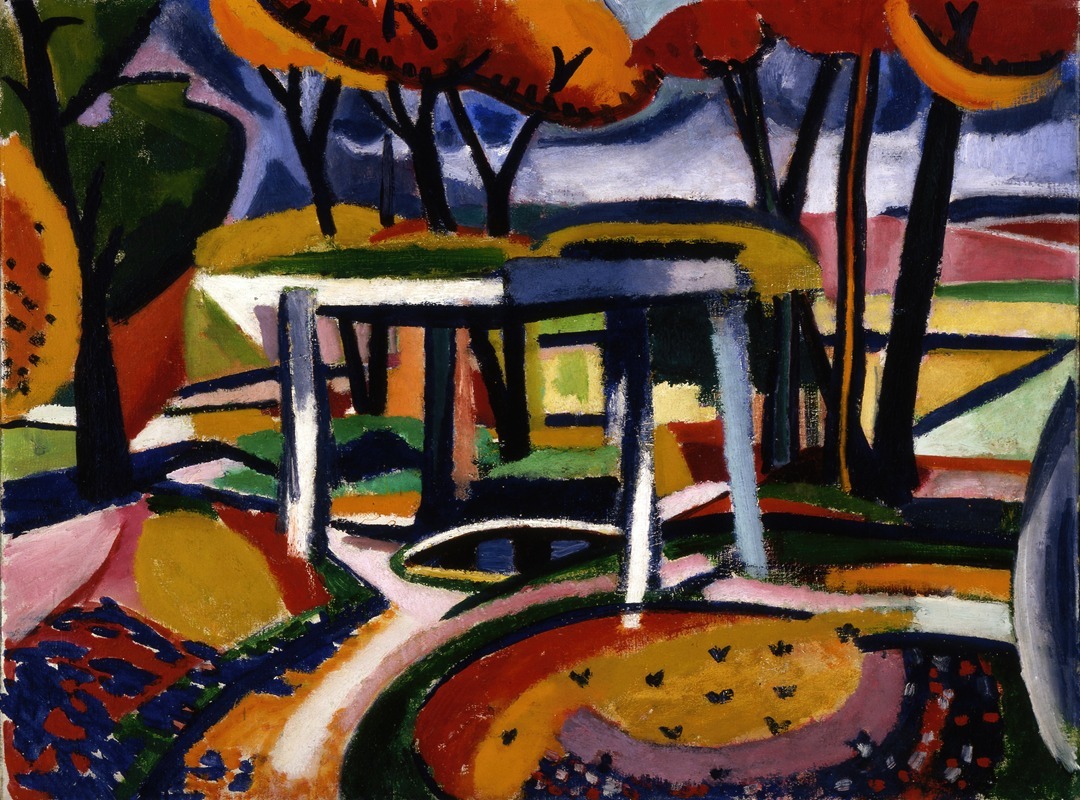
Décor Slav
A hand-painted replica of Henry Lyman Saÿen’s masterpiece Décor Slav, meticulously crafted by professional artists to capture the true essence of the original. Each piece is created with museum-quality canvas and rare mineral pigments, carefully painted by experienced artists with delicate brushstrokes and rich, layered colors to perfectly recreate the texture of the original artwork. Unlike machine-printed reproductions, this hand-painted version brings the painting to life, infused with the artist’s emotions and skill in every stroke. Whether for personal collection or home decoration, it instantly elevates the artistic atmosphere of any space.
Henry Lyman Saÿen (1875-1918) was an American artist and inventor known for his contributions to both the art world and the field of radiology. One of his notable works is "Décor Slav," a painting that reflects his unique style and artistic vision. Saÿen was born in Philadelphia and studied at the Pennsylvania Academy of the Fine Arts. He later moved to Paris, where he was influenced by the vibrant art scene and the works of modernist painters.
"Décor Slav" is a prime example of Saÿen's exploration of color and form. The painting showcases his interest in the decorative arts and his ability to blend different artistic traditions. The title "Décor Slav" suggests an inspiration from Slavic decorative motifs, which were known for their intricate patterns and vibrant colors. This influence is evident in the painting's use of bold, contrasting colors and complex, interwoven shapes.
Saÿen's work often incorporated elements of Fauvism and Cubism, two avant-garde movements that were prominent in the early 20th century. Fauvism, characterized by its use of vivid, non-naturalistic colors, can be seen in the bright and expressive palette of "Décor Slav." Meanwhile, the geometric abstraction and fragmented forms in the painting reflect the influence of Cubism. Saÿen's ability to synthesize these styles demonstrates his innovative approach to art.
In addition to his artistic pursuits, Saÿen made significant contributions to science. He was an early pioneer in the development of X-ray technology and held several patents related to radiology. His scientific background may have influenced his artistic practice, particularly in his precise and analytical approach to composition and form.
"Décor Slav" is part of Saÿen's broader body of work, which includes both paintings and scientific illustrations. His dual interests in art and science set him apart from many of his contemporaries and highlight the interdisciplinary nature of his career. Unfortunately, Saÿen's life was cut short when he died in 1918 at the age of 43. Despite his relatively brief career, his contributions to both art and science have left a lasting legacy.
Today, "Décor Slav" and other works by Saÿen can be found in various art collections and museums. His paintings continue to be studied and appreciated for their innovative use of color and form, as well as their reflection of early 20th-century artistic movements. Saÿen's unique blend of artistic and scientific talents makes him a fascinating figure in the history of American art.





